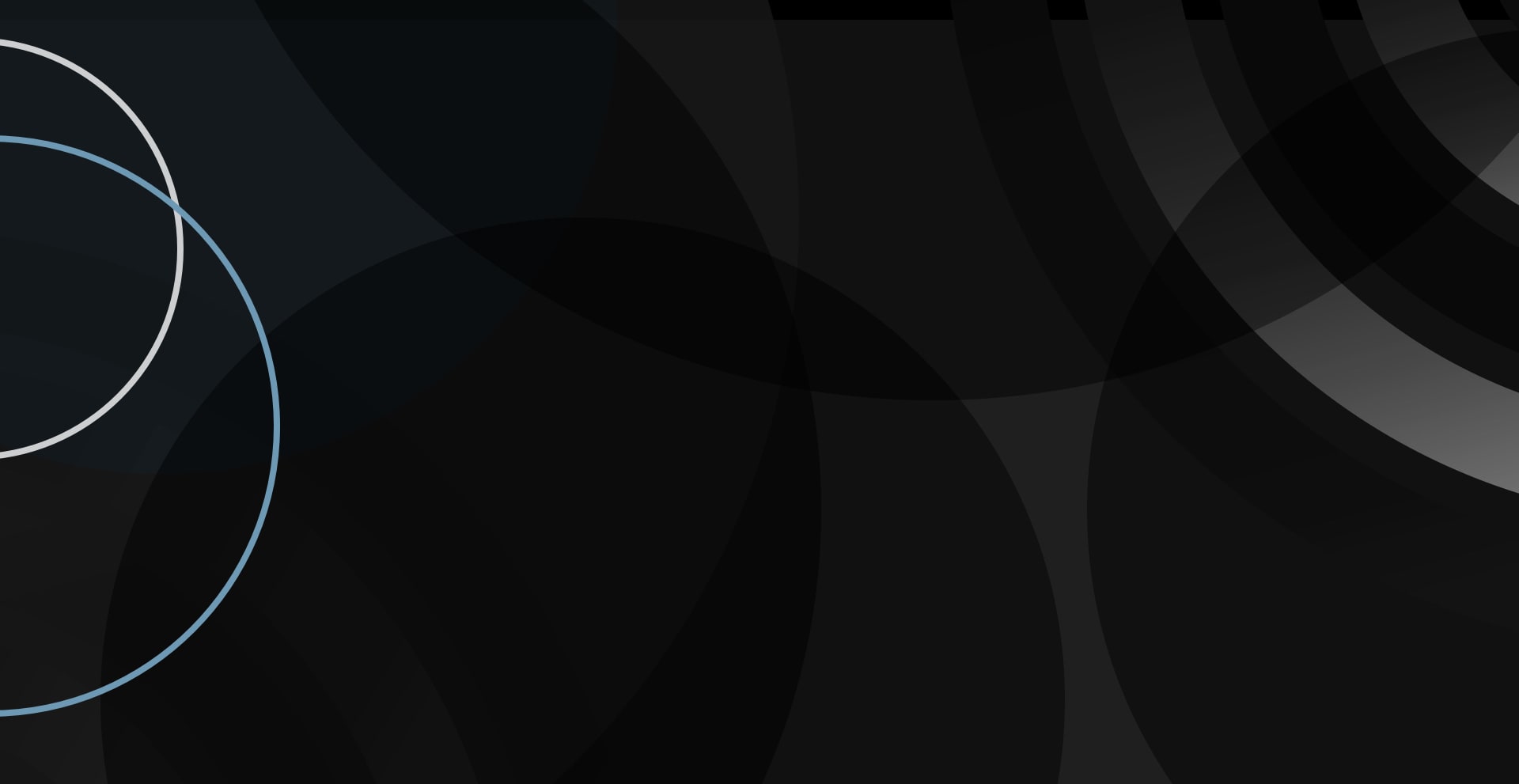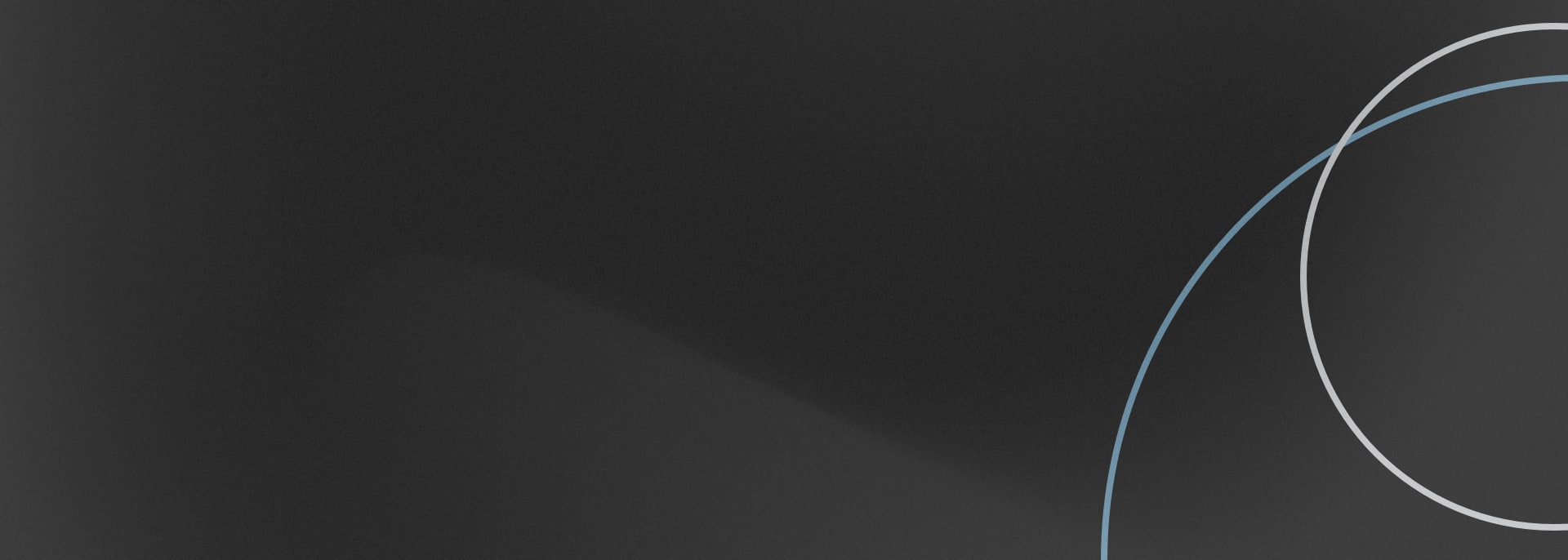They come in a variety of shapes, sizes, and colours…
Soft contact lenses (SCL):These are the most common and they are disposable.
- This means that after wearing the lenses for a period of time, they are disposed of and a new, fresh pair is used
- Lenses can be monthly (ex. Air Optix, Frequency 55, Proclear, Biofinity, etc), two week (Acuvue Oasys), and daily disposable (CIBA Dailies, Acuvue 1-day, etc)
- Also available for astigmatism and patients over 40 who need reading glasses (more information in my post All Kinds of Blurry)
Daily disposable lenses are the healthier option for your eyes for the simple reason that a fresh, sterile lens is being used every single time. Most infections are a result of poor storage or lens care. A lot of these problems can be avoided with daily lenses.
Rigid Gas Permeable (RGP):AKA Hard lenses. Considered older technology but actually provide better optics, better oxygen flow, and less infections. Less popular simply because they are uncomfortable to begin with. But patients who get used to them, stick to them.
Hybrid Lenses:Combination of a hard lens with a soft “skirt”. Supposed to provide superior vision of RGPs without being as uncomfortable. But, they haven’t been as successful as expected.
Orthokeratology (Ortho-K):Contact lenses that are worn while you sleep. Over night, they flatten the cornea and temporarily correct near-sightedness. Also mentioned in my post Laser Eye Surgery.
Important things to REMEMBER: No matter how good a contact lens claims to be at allowing oxygen pass, or keeping your eyes hydrated, or preventing bacteria from sticking to it, at the end of the day it is still a piece of plastic in your eye.
Contact lenses are considered to be medical devices and, as such, should be looked at by a doctor before they are dispensed and any time the patient experiences any problems.
Three big NOs:
- No sleeping
- No swimming
- No tap water
These are the quickest ways to cause infections which can be potentially vision threatening (see picture below).
Other uses:Contact lenses are not only used to improve vision. Here are a couple of other interesting uses:
- Diabetic patients
- Lens changes colour when sugar levels in tears increase
- Bandage
- Used to cover scratched corneas or after LASIK surgery
- Administer drugs over long periods of time
- Tracking eye movements in ocular studies
FAQ:
Q: Can I get coloured contact lenses even if I have no prescription?
A: Yes. But FYI, these lenses tend to be the least healthy for your eyes.
Q: How often should I replace my contact lens case?
A: Usually every 3 months or when your solution runs out. Whichever comes first.
Q: If I wear contact lenses, do I still need a pair of glasses?
A: Yes, you should always have a good pair of glasses to give your eyes a break and just in case something happens to the contacts.
Q: What if I’m on vacation and I forgot my contact lens solution and my contacts are bothering me and there isn’t a pharmacy close by and my cousin says its no big deal, can I just store my contacts in tap water?
A: No. No tap water. Ever. I hope that is clear enough 🙂






